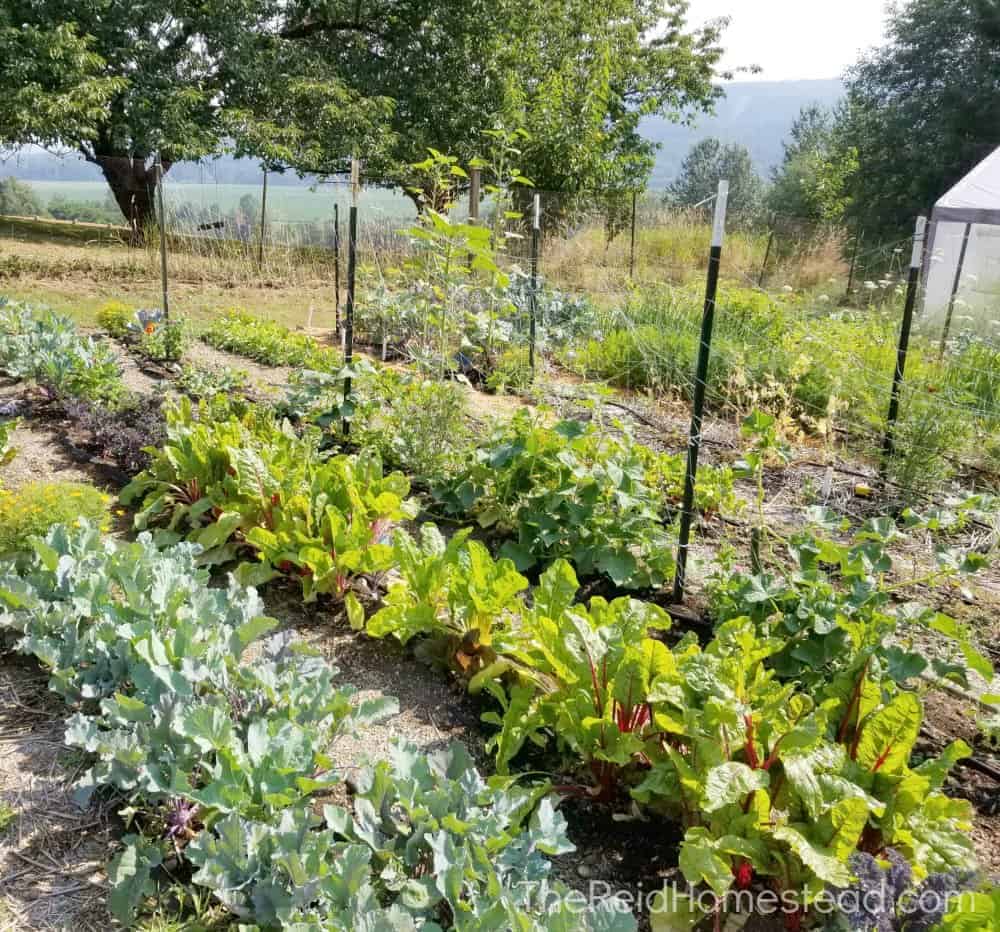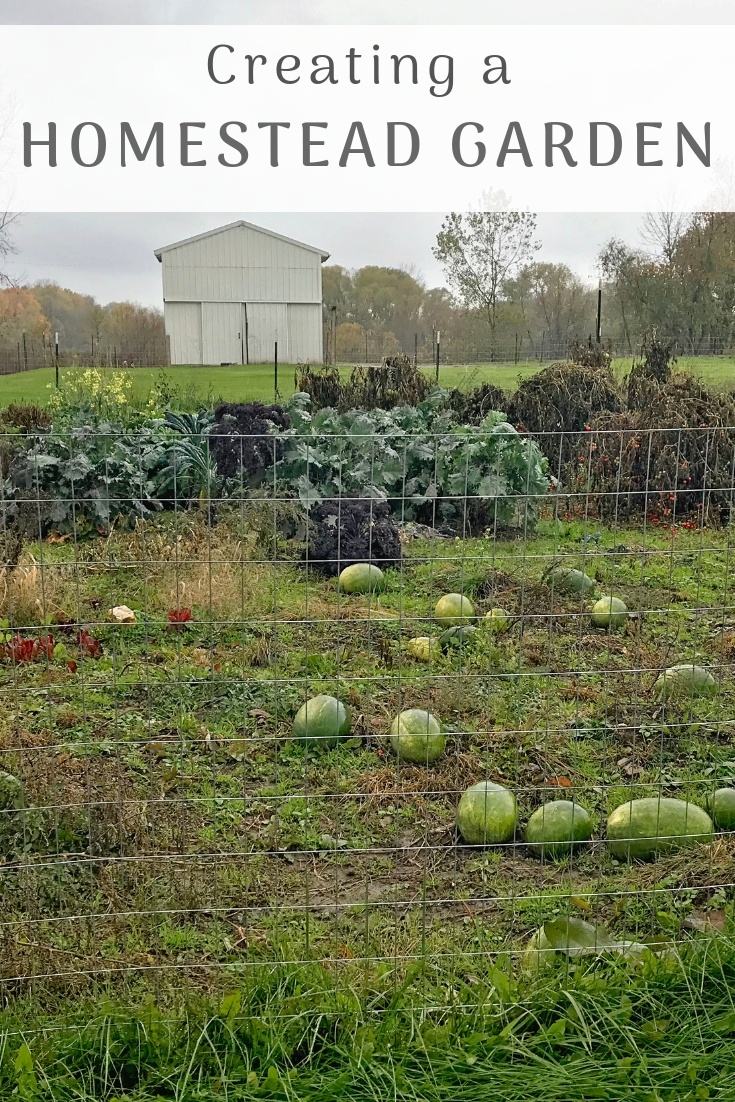Enhance Your Outdoor Area With Creative Gardening Styles and Styles
By discovering various styles, such as the charming informality of home yards or the minimalism of contemporary appearances, one can considerably boost the atmosphere of their surroundings. In addition, incorporating upright gardening techniques and lasting techniques not just improves visual charm yet also promotes ecological awareness.

Cottage Garden Appeal
Cottage gardens, usually defined by their lush, casual formats, embrace a harmonious mix of veggies, blossoms, and natural herbs, producing a lively tapestry of shade and fragrance. This typical gardening style days back to the late 19th century, coming from England, and is prized for its charming, charming charm.
Secret components of home yards include the usage of perennial plants, climbing vines, and self-seeding annuals, which add to an ever-evolving landscape. Growing in thick clusters encourages a naturalistic look, permitting a diverse mix of textures and shades. Popular blossoms such as hollyhocks, foxgloves, and delphiniums intermingle with great smelling herbs like lavender and rosemary, enhancing sensory experiences while advertising biodiversity.
Including rustic attributes, such as weather-beaten trellises, wooden fencings, or stone paths, further improves the aesthetic of a home yard. This design not just prioritizes beauty however likewise embraces sustainability, as several plants are selected for their capacity to bring in pollinators and offer food. Ultimately, the cottage garden charm depends on its relaxed, welcoming environment, motivating a deep connection with nature while supplying an idyllic hideaway for relaxation and enjoyment.
Modern Landscape Visual Appeals
While the beauty of home yards stimulates a sense of nostalgia and fancifulness, contemporary landscape appearances welcome an even more minimalist and structured strategy. This contemporary design highlights simplicity, functionality, and an assimilation with the surrounding environment. Clean lines, geometric shapes, and a restricted shade scheme identify modern landscape design, enabling nature's beauty to take spotlight without unneeded interruptions.
Materials play an essential function in attaining this aesthetic. Concrete, metal, and all-natural stone are regularly made use of to create hardscapes that complement the landscape instead of overwhelm it. Additionally, the cautious choice of plants is basic; indigenous varieties and decorative grasses are usually preferred for their low maintenance and capacity to prosper in local conditions.
Water features, such as streamlined fish ponds or mirroring pools, are likewise essential to modern styles, offering tranquility and a prime focus. Sustainable methods, including xeriscaping and the use of permeable products, improve the eco-friendly duty of modern-day landscaping. Inevitably, modern landscape aesthetics provide an opportunity to create peaceful exterior spaces that mirror contemporary values while promoting a much deeper connection to nature.
Vertical Gardening Advancements
Vertical gardening advancements have changed the method we approach horticulture in limited rooms, making it possible for the farming of plants in urban atmospheres where ground space is scarce. These ingenious methods and structures allow gardeners to make the most of upright surfaces, transforming walls, fences, and even porches right into rich environment-friendly spaces.
One prominent development is making use of modular systems, which include interlocking panels that can be quickly mounted and repositioned - Homestead Gardening. These panels commonly come furnished with integrated irrigation systems, guaranteeing official site that plants receive ample dampness while decreasing water waste. In addition, vertical gardens can include a selection of plants, from blooming species to edible herbs, promoting biodiversity and enhancing aesthetic appeals
One more noteworthy development is the integration of wise technology, such as sensing units that keep an eye on dirt dampness and nutrient levels. This innovation enables for precise care tailored to the needs of specific plants, guaranteeing ideal development and health. Moreover, vertical planters and lightweight products made from recycled items add to sustainability while lowering the physical concern of conventional gardening.
Lasting Gardening Practices
Sustainable horticulture techniques have actually become an important approach for gardeners seeking to decrease their environmental influence while boosting the health of their communities. These techniques focus on next page the mindful monitoring of all-natural sources, promoting biodiversity, and fostering a resistant landscape.
One crucial element of sustainable horticulture is dirt wellness. Using natural compost, mulching, and crop turning enriches the dirt, advertising beneficial microbes and lowering the requirement for chemical plant foods. In addition, indigenous plants are encouraged, as they call for much less water and are more resistant to regional pests, thus lowering reliance on chemicals.

Additionally, lasting gardening encourages making use of recycled products for yard structures and paths, lowering waste and environmental impact. By taking on these methods, garden enthusiasts can produce a growing outside space that harmonizes with nature, making sure both individual pleasure and ecological responsibility.
Themed Garden Inspirations
Developing a themed garden can transform a common exterior area into a captivating refuge that mirrors personal style and passions. Themed yards offer an one-of-a-kind chance to express imagination while enhancing the visual allure of one's landscape. Popular themes include Japanese Zen yards, which highlight serenity via thoroughly organized rocks, water functions, and minimal growings.
An additional motivating style is the home yard, characterized by a casual format filled with an abundance of colorful flowers and aromatic natural herbs. This style promotes biodiversity and draws in pollinators, making it both ecologically beneficial and gorgeous.
For those with a fondness for adventure, an exotic yard can stimulate a trip feeling, featuring strong foliage, vivid flowers, and maybe even a small water function to mimic a hotel atmosphere.
Alternatively, a themed garden can attract motivation from literary works or background, such as a Shakespearean garden that incorporates plants stated in the Poet's jobs.
Selecting a theme not only supplies instructions in plant choice and design yet additionally produces a natural atmosphere that welcomes exploration and enjoyment, making outdoor rooms absolutely one-of-a-kind.
Conclusion

Including rustic functions, such as weather-beaten trellises, wooden fences, or stone pathways, additionally boosts the visual of a home garden. Additionally, vertical yards can include a variety of plants, from flowering species to edible herbs, advertising biodiversity and improving looks.
Developing a themed garden can change a normal exterior space into a captivating refuge that mirrors personal design and rate of interests. Themed yards provide an unique chance to reveal creativity while improving the visual charm of one's landscape. The beauty of cottage gardens, the sleekness of contemporary landscapes, ingenious vertical horticulture techniques, sustainable practices, and themed yards each contribute distinct aspects that foster both appeal and performance.